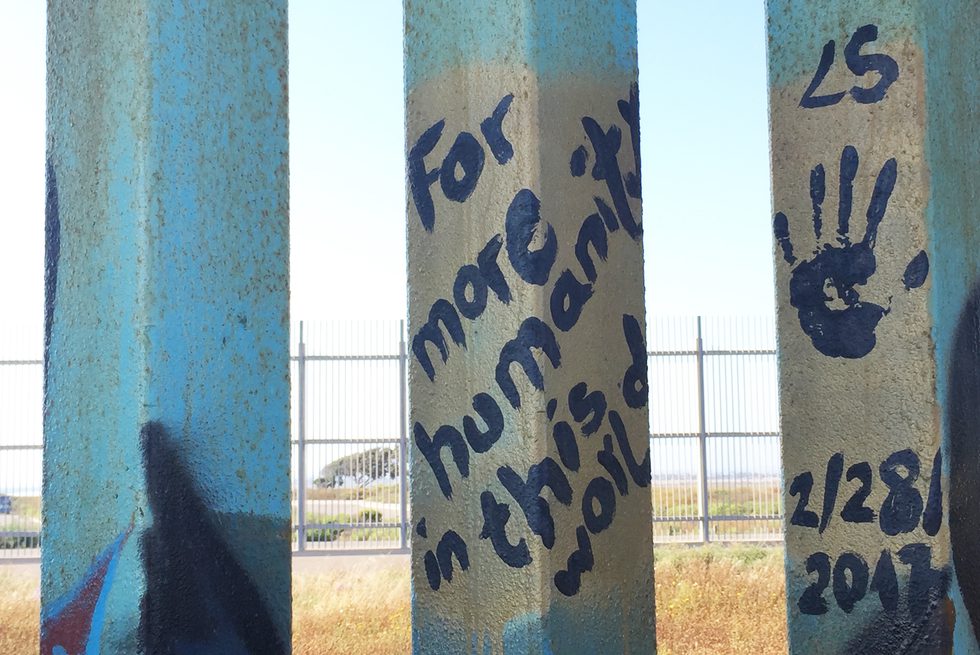On Hope
From the Series: Book Forum: A Possible Anthropology
From the Series: Book Forum: A Possible Anthropology

The opening of A Possible Anthropology (Duke University Press, 2019) by Anand Pandian disarmed me by insisting on the possibility of building and nurturing “a genuine hope” (3). A hope for finding ways to address the challenges of our times and for anthropology. With this affective disposition, Pandian rescues what now seems like a long-forgotten poeticism in the discipline, an impetus for hope, joy, enchantment, a sense of purpose, something worth fighting for. Nowadays, it has become hard to speak of these ideas and to not be accused of romanticism, in a moment when the academe—and the wider society—are seemingly poised on the constant brink of apocalypse. The response, perhaps understandably, has been to react with pessimism, harsh critique, or what Eve Sedgwick (2003) would call a “paranoid reading,” a way of reading that assumes the worst and attacks. This climate has also elicited a style of writing that barricades itself by pre-emptively addressing potential critiques. The choice to describe my feeling when reading Pandian’s book as disarmed, then, is not accidental. And it is rare.
Ours are not the times in which we can afford to show vulnerability. This book is brave precisely because it does that. Pandian reminds us that the anthropological method is a pursuit of experience (48), the act of making oneself vulnerable to other people and to dependency—that which lies beyond an individual life. This vulnerability is to be found in the author’s own self-mocking when writing about the challenge of teaching material we are just learning ourselves. But it is also manifest in the act of holding the aspirations of others, the guests on this book’s pages. Following William Cheng’s (2016, 8) book Just Vibrations, I would ask Pandian: “What if the primary purpose of sounding good isn’t to do well, but to do good?” How could we cultivate this openness to vulnerability in our relationships with colleagues, interlocutors, and students? How can we turn care into a priority of our academic interactions?
The driving force of the book is in the transformative power of the encounter. The pages of the book surface as a stage for encounters between historical figures, contemporary anthropologists, and artists. The synergy of these encounters is mediated by Pandian himself, but only lightly, delicately, enabling a dialogue, a dance. Reading the book brought to my mind a collaboratively written article “Toward a Fugitive Anthropology” that came out in Cultural Anthropology in 2017 (Berry et al. 2017). The article poses the urgent question of how we can take seriously the “racialized, gendered researcher's embodied experience” that is vulnerable to violence in the field and beyond (Berry et al. 2017, 539). While Pandian so beautifully draws our attention to the creative dimensions of encounters, I am eager to know how he imagines expanding that framework to account for the potentiality for violence—specifically colonial violence—on the racialized and gendered bodies of researchers who do fieldwork.
A Possible Anthropology offers a rare focus on method in anthropology, a discipline whose preferred topic of analysis is theory. His approach surprises, however, as he turns the lens of fieldwork toward “reading, writing, teaching and fieldwork” (10). A playful example of is when Pandian shares how he attempted to read Claude Levi-Strauss’ Mythologies by repeatedly listening to Wagner’s opera Parsifal, to which Pandian had no particular affinity. In a particular moment, sound and text encountered each other in a counterpoint, and the music seemed to presage what was about to happen in the text. Devising the kind of playful method he advocates for in his introduction, Pandian achieved a moment of intimacy with the music-loving anthropologist. We see a similar playfulness in action when Pandian links a monitor to anthropologist Michael Jackson’s computer in order to listen in on his writing practices, divesting writing of its solitary and private aura.
The mood of playful creativity that runs through the entire book is summed up in Pandian’s conclusion as “affirmative critique.” This is the kind of critique that holds the potential for hope, that nurtures openings and possibilities already latent in the present.
Berry, Maya J., Claudia Chávez Argüelles, Shanya Cordis, Sarah Ihmoud, and Elizabeth Velásquez Estrada. 2017. “Toward a Fugitive Anthropology: Gender, Race, and Violence in the Field.” Cultural Anthropology 32, no. 4: 537–65.
Cheng, William. 2016. Just Vibrations: The Purpose of Sounding Good. Ann Arbor: University of Michigan Press.
Sedgwick, Eve Kosofsky. 2003. Touching Feeling: Affect, Pedagogy, Performativity. Durham, N.C.: Duke University Press.